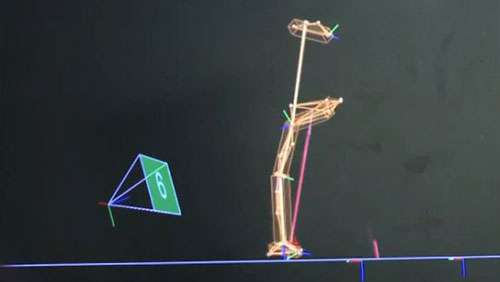Video: XROMM puts biomechanics on the fast track

The protective shells that have helped keep turtles around for millions of years have also kept scientists guessing about just what's going on inside.
With support from the National Science Foundation (NSF), biologist Elizabeth Brainerd and her team at Brown University have developed X-ray Reconstruction of Moving Morphology, or XROMM, a new technology that combines CAT scan and X-ray technology for visualizing bones and joints in motion, in both animals and humans. Brainerd incorporates MAYA, the same animation software used to create high-end Hollywood special effects, to layer the XROMM images together to create 3-D visualizations.
XROMM has already transformed studies of vertebrate animal motion. In fact, the technology has proved such a useful tool that other labs are ramping up their own XROMM capability, and Brainerd is designing better software to meet the new demand. Her team is also putting together an open source database so researchers can quickly and easily share their visualizations.
Brainerd's project will substantially enhance the cyberinfrastructure for comparative biomechanics research and increase U.S. economic competitiveness through technology development and advanced training of the scientific workforce.
Provided by National Science Foundation



















